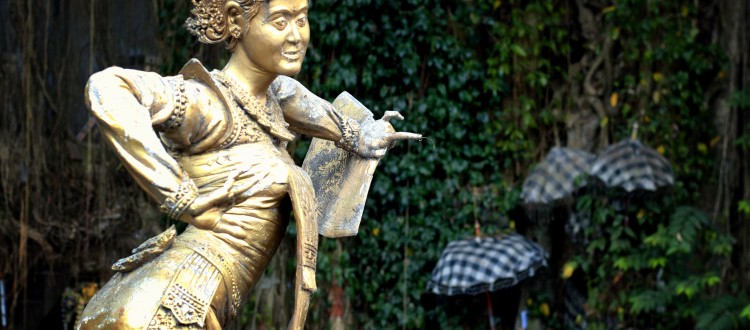Getting to Know Ubud
Once a quaint village known for its abundance of medicinal herbs and plants, Ubud is now one of the top tourist destinations in Bali. It is a remarkable example of multiculturalism; where Balinese culture blends in perfectly with the mixture of cultures tourism brings. Now, Ubud is known as the go-to place for eco-friends, yoga enthusiasts, aspiring artists, and those seeking a break from the bustling city life.
Let’s start at Ubud’s humble beginnings. Ubud got its name due to the abundance of medicinal herbs and plants available in the village. Medicine in Balinese is Ubad, which gave Ubud it’s name. However, Ubud was far more renowned in the 8th century. In the 8th century, or at least according to local legend, a Javanese priest named Rsi Markendya meditated at the Campuan river. There, he built the Gunung Lebah temple, which is still regarded as a sacred site in Ubud. Later on, in the 19th century, Ubud was the strongest state in the south. At that time, Ubud was the seat of feudal lords who swore their allegiance to the king of Gianyar. The lords took an interest in the village’s arts and invested in artists and other creative scenes.
In the 20th century, Ubud saw a boom in creative scenes due to an influx of foreign artists settling in Ubud. Artists such as Walter Spies and Antonio Blanco made Ubud their home. Not only did they contribute to the creative life of Ubud by inviting foreign artists and training the Balinese in arts, they also got the ball running for Ubud’s tourism development. Ubud enjoyed a tourism boom in the 1960s, which provided the impetus for further development in the creative scenes and tourism economy. Today, Ubud is known to the world as a haven for aspiring artists, yoga and healthy lifestyle enthusiasts, and adventurers looking to experience Balinese culture at its fullest.
Traces of Bali’s feudal past can be found in Ubud. The Puri Saren Agung, or better known as Ubud Palace, was the residence of Cokorda Gede Agung Sukawati, who was the last feudal lord of Ubud. Though the last lord passed away in 1978 and Ubud came under the administrative rule of the Gianyar regency, the royal family still owns the palace and has a large influence on social life in Ubud. For example, have you ever wondered why there are no big chain fast-food restaurants in Ubud? That’s because the royal family decreed to keep these big corporations out of Ubud to give a chance for the local economy to thrive. Aside from that, the Palace also contributes to the creative scenes by hosting regular dance performances that are open to the public.
Thanks to years of development and support from both domestic and international parties, Ubud is now the cultural center of Bali. There are many major art museums in Ubud that showcase historical art that captures the essence of Bali’s past. Dances and other performances thrive in village halls, involving local artists and contributing to the tourism economy. Natural landscapes, such as the Campuan ridge and the rice fields of Petulu, provide picturesque scenes that inspire artists and tranquility seekers. In short, Ubud is the best place to experience the cultural life of Bali without the hustle and bustle of the city life!

